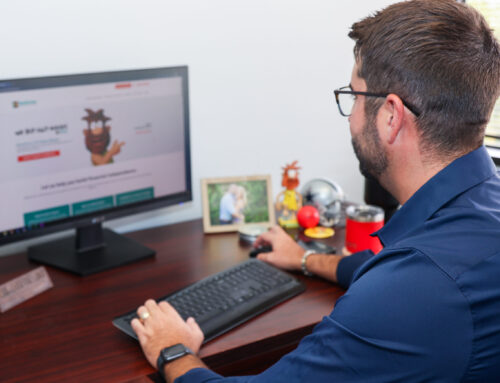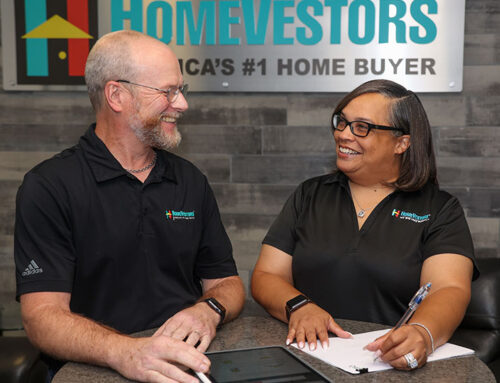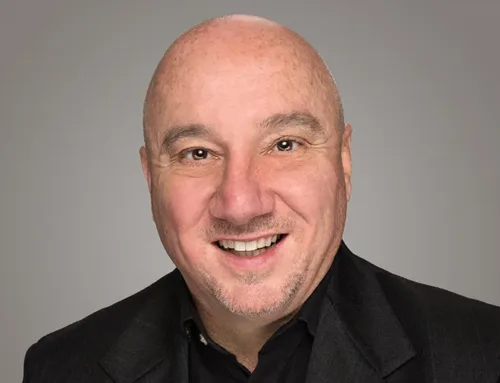
My earliest memory of Philadelphia dates back to bus trips taken with my Dad to see baseball games at Veterans Stadium on Broad and Market. In the early 70s, I was fortunate enough to see Hank Aaron play against the Phillies with the Atlanta Braves. The longstanding all-time home run leader was near the end of his career and had a tough day at the plate but to catch a glimpse of one of baseball’s greats was quite an honor. Hammerin’ Hank was, and always will be one of the sport’s best 5-tool players—a guy that could hit for power and average, steal bases, win Gold Gloves and cut down runners at the plate. These types of athletes are rare in baseball.
I come back to Philadelphia often these days and, though I do take in a show or sporting event occasionally, my trips mostly involve business. Buying and selling homes for a living, I find the City of Brotherly Love to be quite intriguing when it comes to the diverse character of neighborhoods available to invest in. Flipping houses in Philadelphia presents all kinds of opportunity because the city is one of the largest metro areas in the nation. Like my boyhood idol, however I need to be more than a one-dimensional business person to succeed. Successfully buying, renovating, and selling homes requires quite a few skills, not the least of which is knowing exactly where to buy distressed homes.
Flipping Houses in Philadelphia: Where to Look
When I first began real estate investing in Pennsylvania, the choices in Philly seemed especially overwhelming. I was familiar with the Center City area and had some relatives in the suburbs but after that, it took some time and effort to scout out up-and-coming neighborhoods that would yield a solid return on investment (ROI). Researching markets became my central focus and a key to my success. Let me share some of the places that work best for me.
Old City
I’m a bit of a history buff—sports and otherwise. It’s difficult to think about America’s beginnings and not include Philadelphia in the discussion. Old City boasts a lot of the attractions that draw residents and tourists alike: the Liberty Bell, Independence Hall, the Betsy Ross House—all bastions of the nation’s beginnings. It’s a neighborhood with charm and character and I’ve been fortunate enough to get in on some good deals but the competition is fierce when homes go up for sale in the storied locale. My main goal is finding homes for sale before they hit the open market and fortunately, I’ve developed a system to do just that. My strategy involves getting to sellers in the pre-foreclosure phase who need to sell quickly.
In Old City, I don’t have to look far for buyers once I’ve acquired a property. Recent reports reveal that nearly all established Philadelphians prefer to stay in the metro area. These residents want to stay close to home but just require more space, a faster commute to work, or a home closer to amenities and attractions. And, that’s just what Old City has to offer.
Francisville
Once home to the personal vineyards of William Penn in the 1600s, Francisville is a triangular tract of real estate in North Philadelphia that bucks the city’s gridded layout—one of the only sites in the region where streets run at 45-degree angles from N. 19th St. Situated along Ridge Avenue, which cuts diagonally through the metro area from Strawberry Mansion to Franklin Square, Francisville has experienced a notable influx of new home buyers who desire being close to Center City without the high rents and list prices. I’m always looking to purchase properties near schools and colleges and this locale is within walking distance to Temple University. Be it student housing or young families looking to settle near one of Philly’s public pools, buying activity in Francisville has been strong.
In this industry, I like to see where the big players are parking their money and that trend usually has me following suit with my own assets. If large developers, who spend a ton on researching hot neighborhoods, are willing to place their big bets in certain villages, well then, so am I. Francisville fits that criteria. The influx of new condos and multi-family units have been pushing prices upward. That is a welcome trend for investors who want to get in and out of the market while median home prices still have room to rise. As the 28-block setting just north of Fairmount catches fire, I’ve found some unique opportunities with fixer-uppers whose values ultimately move upward with the rising tide of surrounding properties.
Brewerytown
As the name suggests, many of Philadelphia’s former beer purveyors called Brewerytown home at one point in time. The neighborhood also housed Columbia Park—the first home of the storied Athletics baseball club that bolted for Kansas City and ultimately Oakland, California, five decades after the park’s 1901 establishment. Like other Philly spots, history oozes from Brewerytown but the present-day attraction for buyers is rooted in a quick commute to the city and nearby attractions such as Fairmount Park and the Philadelphia Zoo. Indeed, a few of the old breweries were converted into apartment complexes and between 2013 and 2015. As home prices and rents rise closer to downtown, buyers seek affordable small town living with easy access to the big city and I have my finger on the pulse of that trend.
The appeal to investing in Brewerytown is the broad range of price points that accompany available dwellings. I can purchase two- and three-story walk-ups that sell for as little as $150,000 or target more modern condominiums that might fetch between $300,000 and $500,000. Comparable properties in Center City often list for twice those values and, if recent trends continue, strong demand for homes in Brewerytown should help appreciation in price as time moves on.
I have found Brewerytown homeowners who have been forced to sell due to rising property taxes. Often, these folks just want to get a decent price for their home and move on. It’s in these situations where my negotiating skills have landed me some dwellings that needed some upgrades but were still acquired for less-than-market cost. Finding these motivated sellers, and the right way to approach them has become a hallmark of my trade.
Chestnut Hill
Sometimes buyers want enough distance from the congested Philly streets while still enjoying the proximity of the city. In Chestnut Hill, residents often find that there’s little need to travel outside the village’s borders to get all they want. Walkability registers as one of the important factors I look for when investing in a neighborhood and the many shops and restaurants along Germantown Pike fit the bill. Along with the ability to amble anywhere for staples or entertainment, Chestnut Hill’s location allows residents to get somewhere quickly with the Pennsylvania Turnpike and the business district of Conshohocken just minutes away. With desirability comes premium real estate prices, though. This is a market I tackled after building my portfolio of less expensive properties.
When I’m investing in upscale neighborhoods such as Chestnut Hill, it’s vital that I renovate my flips to parallel the existing quality of the single-family homes that surround my properties. I’ve found that contractor-grade materials and run-of-the-mill design don’t add to the allure of these projects. I’m laying out more dollars than usual in my Chestnut Hill properties and, as such, finding reliable contractors who perform repairs in a timely, conscientious manner is paramount to realizing a strong ROI.
Kensington
Kensington has had a bit of rough sledding as it seeks to shed its reputation as an unsafe spot to live. Yet inside every cloud sits the potential for sterling silver returns. The city is doing its part by eradicating blight and cracking down on illegal activity—and Kensington is experiencing a resurgence with establishments such as the Philadelphia Brewing company moving in. In addition, demand continues to be strong for housing in this locale as buyers whose primary preference was Fishtown have come to see the financial merit of settling in the next town over. As an investor, I simply seek to separate emotion from logic and, in doing so, I have been able to buy, rehab, and sell properties in Kensington that were purchased for a steal.
Finding traditional lending sources to finance my multiple short-term projects in Kensington became a no-go, however. Banks and mortgage companies simply provide loan products that fit short-term investment properties, especially if they need a lot of rehabbing. The alternative for finding cash for fixer-uppers is hard money lenders. These entities make their living on evaluating rehabs and providing not only funding for the purchase but also for the necessary upgrades to the properties. Many of these niche lenders are investors themselves and they understand the market intuitively. Rather than focusing on my credit scores and income, hard money people look more closely at the nature of the deal itself. With hard money backing, I’ve walked away with the financing I’ve needed in a week or two for my Kensington flips. As any real estate renovator can attest, buying and selling as quickly as possible paves the optimal path to a fruitful ROI.
Finding Qualified Leads in Philly Neighborhoods
Like a well-rounded ballplayer, being a well-rounded professional real estate investor requires that I possess more than a singular strength. Among the toughest obstacles that I faced when starting to invest in Philadelphia, finding quality leads sat on top of the list. That’s why I eventually became an independently owned and operated HomeVestors® franchisee. The highly recognizable “We Buy Ugly Houses®” campaign draws in anxious sellers and the number of prospects that continually find their way to me keeps my professional real estate investing career getting better and better.
Contact HomeVestors today to see how you can win at your own game.
Each franchise office is independently owned and operated.
Contact
"*" indicates required fields





